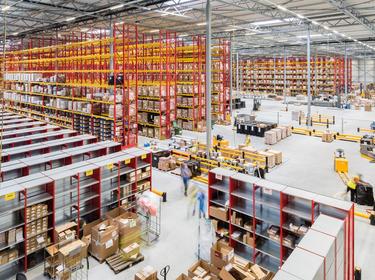
Reverse logistics in a warehouse setting involves the process of planning, implementing and controlling the efficient, cost-effective flow of raw materials, in-process inventory, finished goods and related information from the point of consumption to the point of origin for the purpose of recapturing value or proper disposal.
In layman’s terms, reverse logistics involves moving goods from their typical end destination for the purpose of increasing value or for proper disposal. Reverse logistics includes the management and sale of surplus inventory or raw materials, as well as the returns of leased equipment, machines and other hardware.
Because reverse logistics involves product or materials moving at least one step back in the supply chain, it can pose challenges. But reverse logistics can also deliver certain benefits. In this guide, learn about the process of reverse logistics, its benefits and its challenges.






